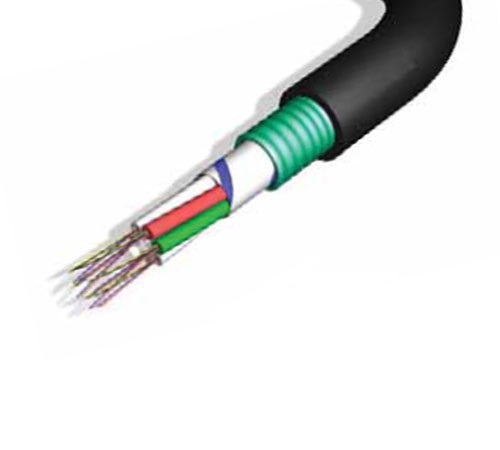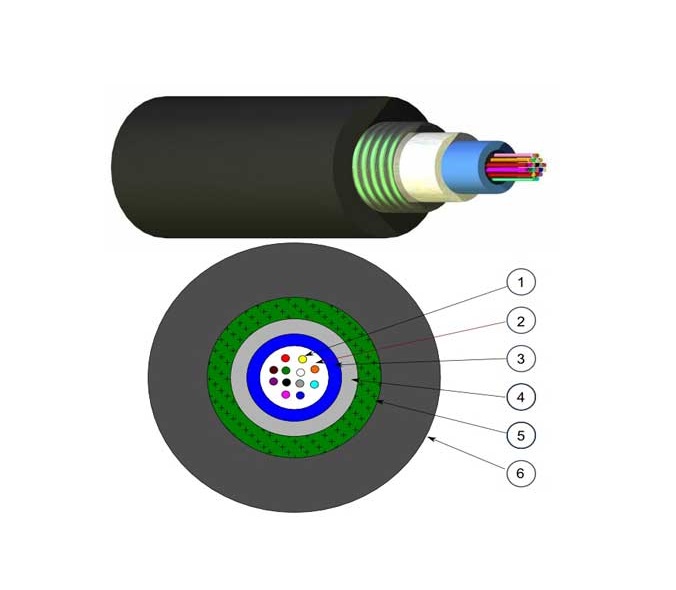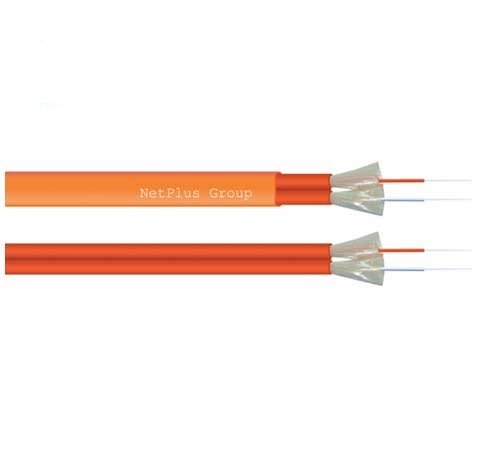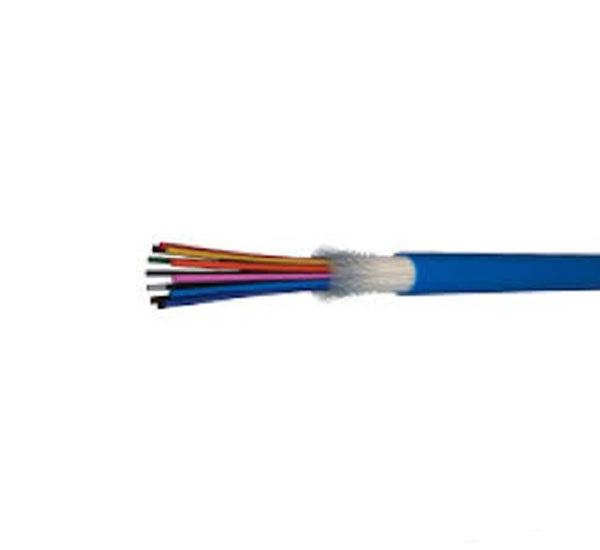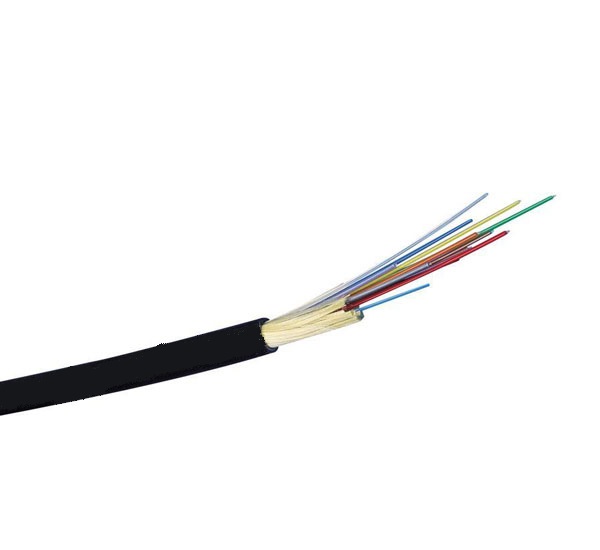
Fiber Optic Cable Helcom 24 Core SM 802145 Helukabel
Suppliers
| Suppliers | Expiration date | Price (Toman) | Minimum order (MOQ) | City | Phone number |
|---|---|---|---|---|---|
The price is not recorded | |||||
similar products
Fiber Optic Cable Helcom 24 Core SM 802145 Helukabel
Optical fibers (fibers) are filaments of glass through which light passes. In the traditional method, copper and aluminum wires are used to send electrical signals, but in telecommunications, the optical fiber of the electrical signal is modulated in the form of light waves and then this light is passed through the thin filaments of glass. With the use of fiber optic cable, there has been a great change in the speed and capacity of sending telecommunication messages in network equipment.
The above product is of single fashion type.
Differences between Multimode and Single Mode optical fibers:
Almost no other large network can implement the network without the use of fiber optic infrastructure, with each passing year, fiber optics prove that the future of networks is in their hands. Fiber optic networks are widely used in telecommunications infrastructure today, but they are not yet widely used in small networks. Optical fiber, as its name implies, is a fiber that transmits light, this fiber is actually the same glass with very high transparency, it is said that if the glass used in the optical fiber creates a lake 400 meters deep It is so clear that the bottom of the lake is clearly visible.
Because optical fibers do not have the problem of irradiating copper wires due to the use of glass or clear plastic in the core, they do not have the problem of eavesdropping along the way.
In copper cable, zero and one is defined by the disconnection and connection of electricity, while in optical fiber, zero and one is defined by the disconnection and connection of light, which is called optical pulse. In general, optical fibers are classified into two Batch done, Multimode optical fibers and Single Mode optical fibers.
Multi Mode Fiber Optic and MMF for short
With a sudden change in the boundary between the core and the coating in this type of fiber, the refractive index is constant, so at the boundary of the core and the coating, the refractive index changes abruptly and stepwise, so according to the figure above, a bunch of beams entering the fiber have different reflections. They will have different paths. In this case, the beams that have a longer path reach the destination with a slight delay, so the light pulses will expand over time, because at the moment when the light pulse at the source is in a state of interruption, the delayed rays are still in The path and output are kept on until the last beam reaches, and this problem is called pulse amplification over time. Although this pulse amplification is very small, it is very destructive at gigabit speeds and detects bits of zero and one. Will face a problem.
Single Mode Fiber Optic and SMF for short
This type of fiber has an ultra-thin core (5 to 10 microns) and a single wave beam (laser) is shone into it. Therefore, this beam will have the least expansion and is suitable for transmission rates of several tens of gigabits and at very long distances.



